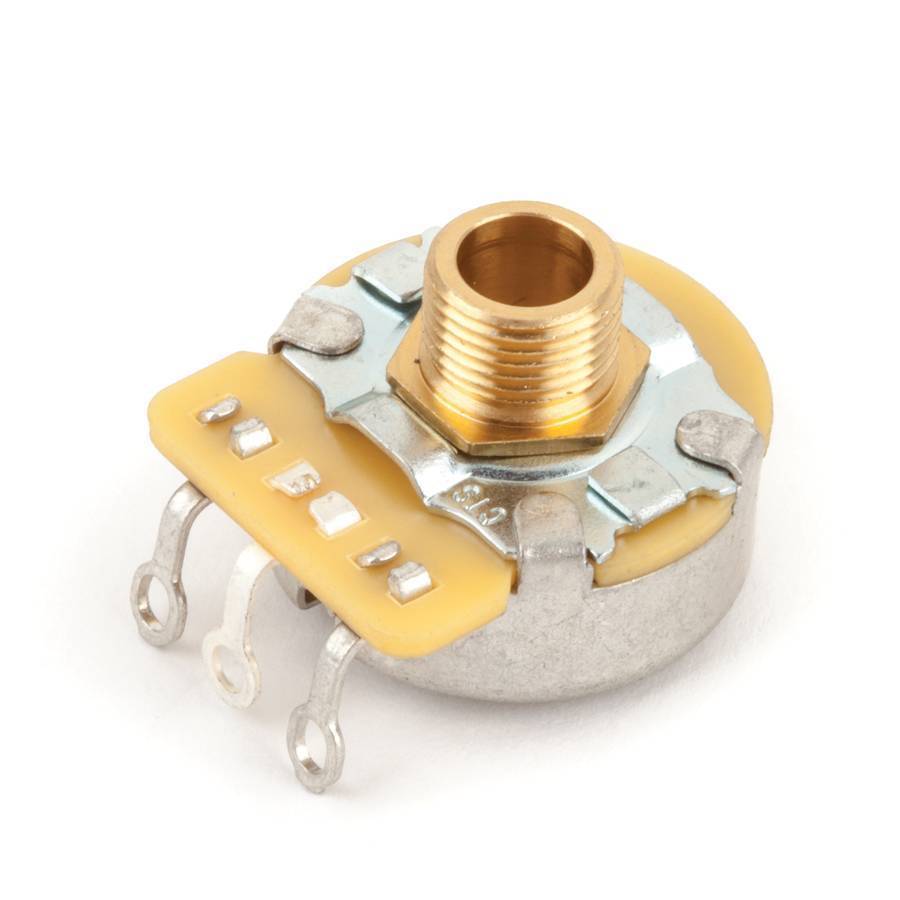marksescon
Active member
- Build Rating
- 5.00 star(s)
Video demonstration:
Dying battery simulator - aka variable voltage regulator - aka (modded) JHS Volture. Overall circuit design by RG Keen. I also used Volos Projects' insight on the LM317 for additional assistance. PCB by me in Eagle.
When the Volture first came out, I immediately knew it wasn't simply a potentiometer in series with a power supply. As soon as gut shots for the Volture became available, it was pretty clear the circuit was based on RG Keen's original concept, which in turn is probably from the actual datasheet for the LM317.
For my version, I added in a LED voltmeter from Amazon and internal Age control: New batteries differ from old batteries in that, “while new batteries can put out a lot of current, old ones can't - they develop a high internal resistance.” The Age knobs acts a rheostat. Putting “a resistor on the output of our regulator…will fake the internal resistance of the battery" (source). Voltmeter addition was inspired by MAS Effects’ UV Meter Drive and Silktone Fuzz. I did attempt to have a rotary switch for a Battery Simulator (carbon zinc, alkaline, “wall wort”) to play off the JHS April Fool’s joke, but the idea was too ambitious and overly complicated to implement. I also would've loved the Age control to be an actual potentiometer, but I could not find a reasonably priced and appropriately sized 100 ohm potentiometer.
This is one of my first builds using SMD, so please be forgiving towards my soldering skills. Also if you compare the JHS Volture gut shot to my build, you can see that I did in fact purposely copy the layout of the JHS Volture because it simply made the most sense.
This circuit allows you to go from ~7.5VDC to 1.25VDC which is similar to the Voluture specs on the JHS website ("...adjustable voltage from 7.5VDC down to 1.25VDC..."). The basic circuit is 5-6 different components and takes a matter of minutes to piece together.
Two changes I would've liked to implement were:
- Reverse polarity protection.
- 100uF to 1000uF electrolytic output capacitor for stability.
This isn’t for sale, and I have included a demo video and the schematic on final slide. I also have free Gerber files for PCB fabrication. I haven’t found a reliable place to upload the actual files. I have included the schematic. If anyone knows a good place to upload Gerber files for download, let me know, please.
Last edited:








